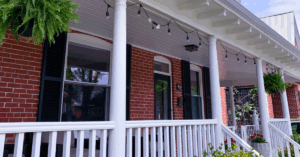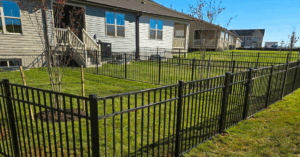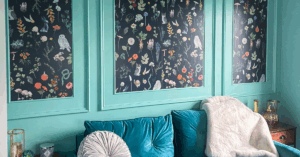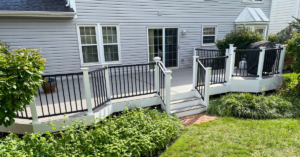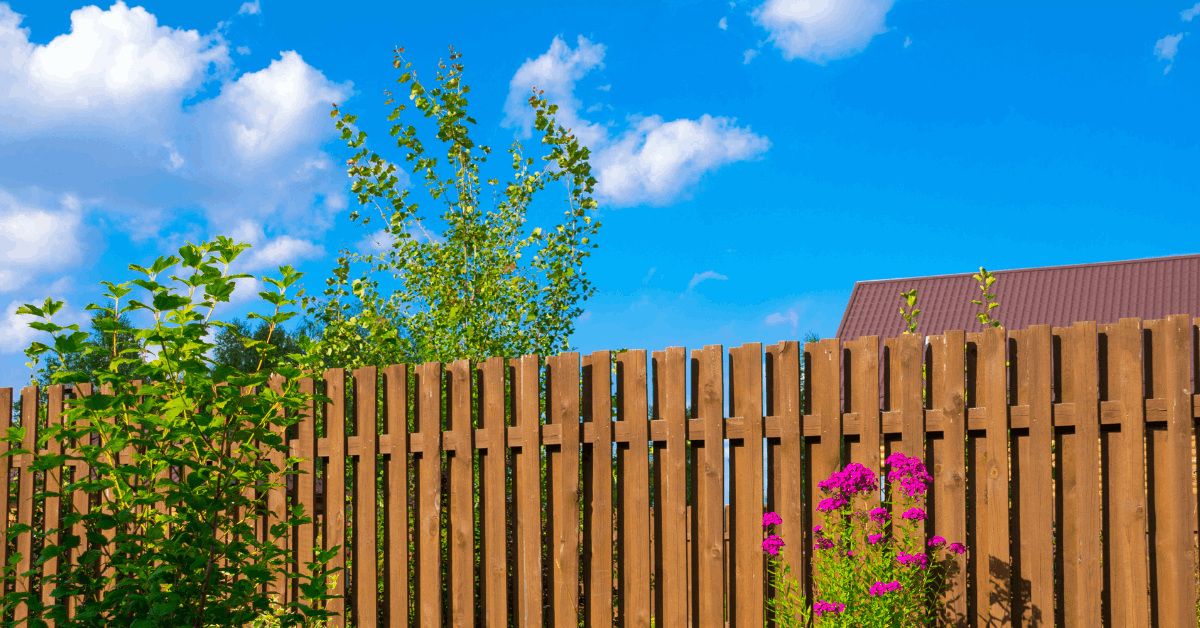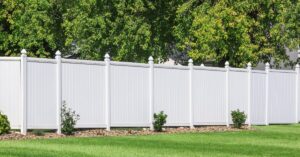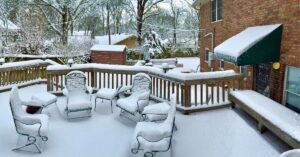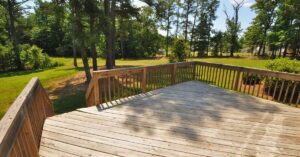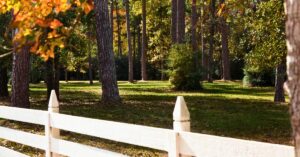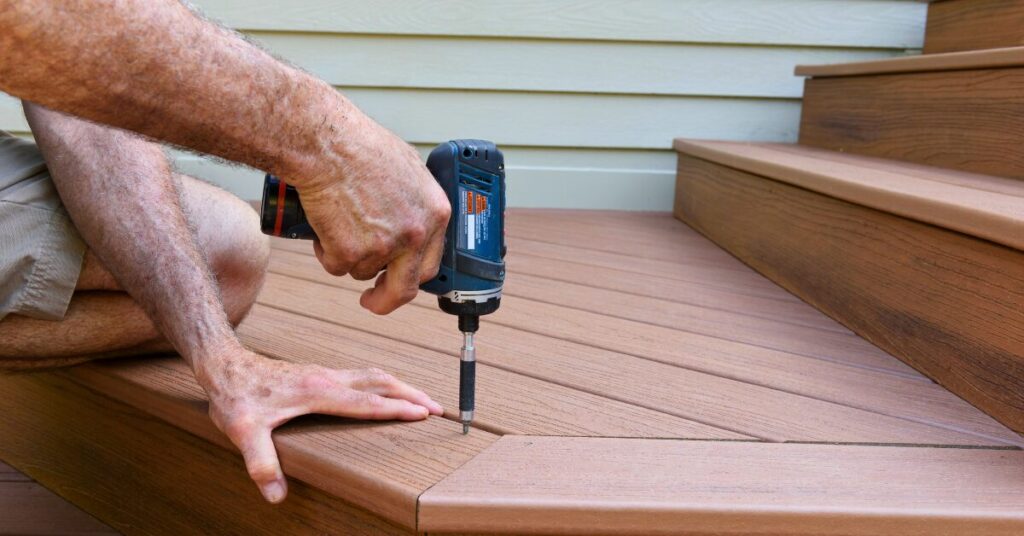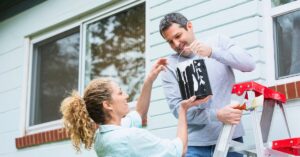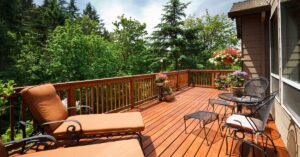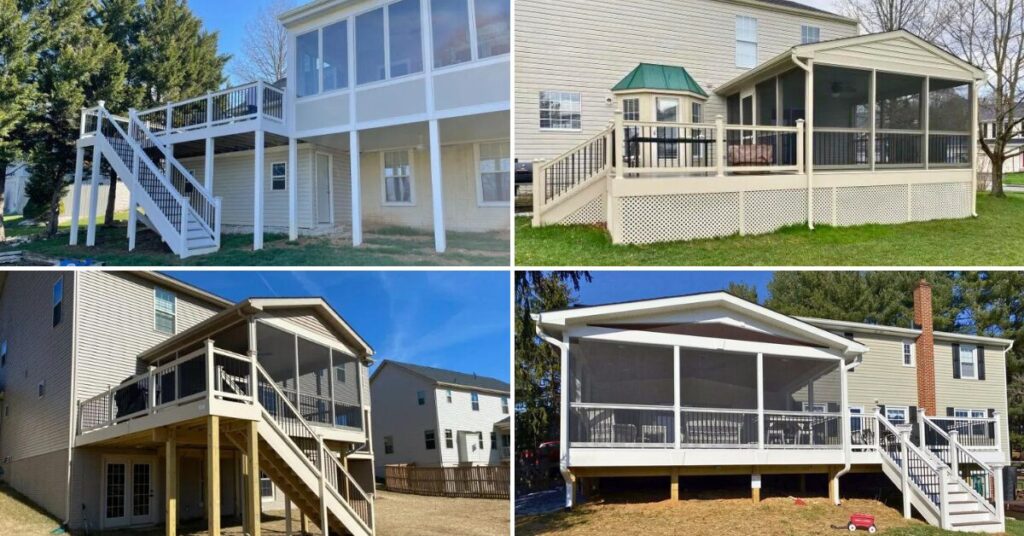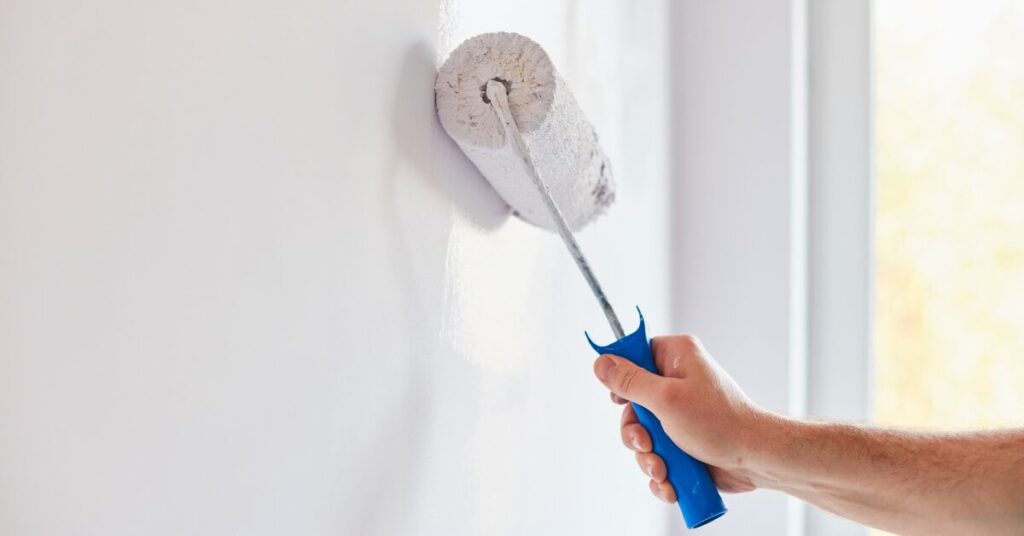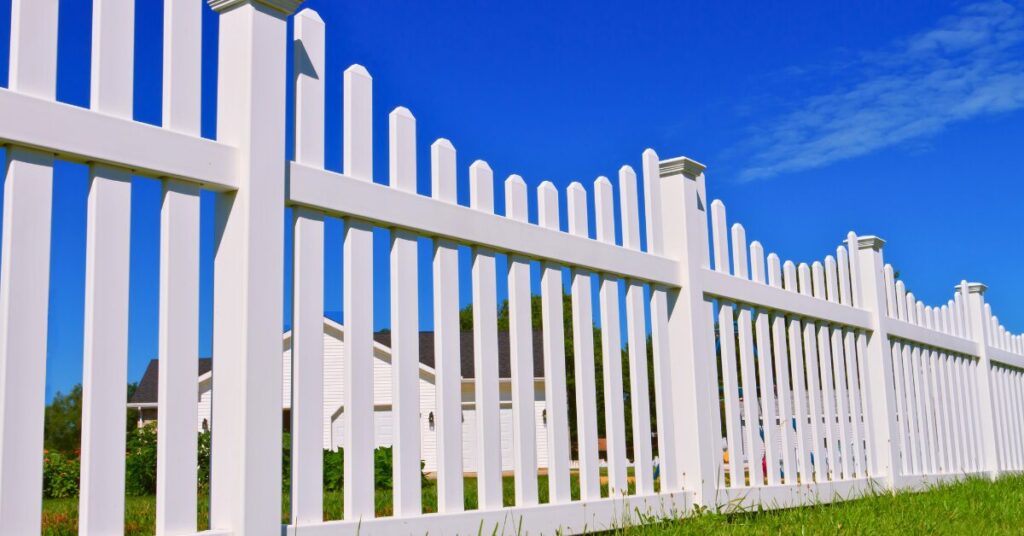
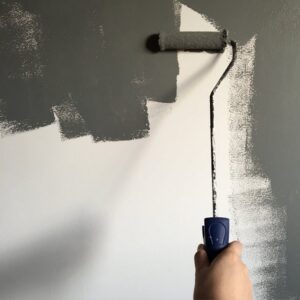 Here is why humidity and extreme temperatures can make painting more difficult.
Here is why humidity and extreme temperatures can make painting more difficult.Weather can get pretty intense at times. Whether you’re dealing with biting cold weather, blazing heat, or high humidity, they’re all going to make painting your house much more difficult. Each of these variables affects painting in different ways, and knowing what problems can arise will help you take measures to prevent them when painting your own house. Here is why humidity and extreme temperatures can make painting more difficult.
High Temperatures
Expect to get a lot of hot weather during this summer season. When the weather gets too hot, it’s more difficult to apply paint than it otherwise would be. Paint that is applied during days with high temperatures doesn’t turn out the way you want. The paint will end up drying more quickly. This can cause your paint to form imperfections such as blisterings and bumps. In other cases, the paint will begin to crack or become discolored. The paint could start lifting from the surface as well.
Low Temperatures
Extremely cold temperatures can be just as bad for painting as extremely hot temperatures. You especially don’t want temperatures going below freezing on the night after you have put a coat of paint on your house. This is because the paint will still have some moisture in it, and this moisture will undergo a crystallizing process when temperatures are below freezing. You need temperatures to be at least 45 degrees Fahrenheit when painting, and these temperatures must also last three hours after painting is done, so the paint has sufficient time to dry.
Humidity
Maryland is a state that is prone to high humidity, and a phenomenon known as surfactant leaching is possible. Surfactant leaching is a kind of discoloring your paint can experience that causes your surface to become white or brown. When paint gets exposed to an abundance of high humidity, it loses a lot of its protective properties, and if that isn’t enough, the paint is exposed to moisture, which is counterproductive during the drying process.
You need to be particularly wary of humidity in the air when painting on wooden surfaces. Wood might end up absorbing moisture, which can worsen the adhesive properties of the paint. This causes paint to peel and bubble.
Drying is also impacted on wood surfaces, especially with lower temperatures. Low temperatures and high humidity both make paint take longer to dry, and condensation can appear on the surface of the paint, which results in paint failure, lifting, and disadhesion.
Contact Albaugh & Sons
Since 2003, Albaugh & Sons, LLC has been dedicated to meeting the fencing, decking, and home remodeling needs of homeowners throughout the greater Frederick area. All of our team members are experienced, well-trained, and committed to exceeding the expectations of every customer.
Visit our website here, and follow us on Facebook, Twitter, Pinterest, and YouTube.

Customer Testimonials
We could talk all day about the happy homeowners we’ve provided renovations for, but the real measure of merit lies in customer reviews. See what people are saying about Albaugh & Sons.

